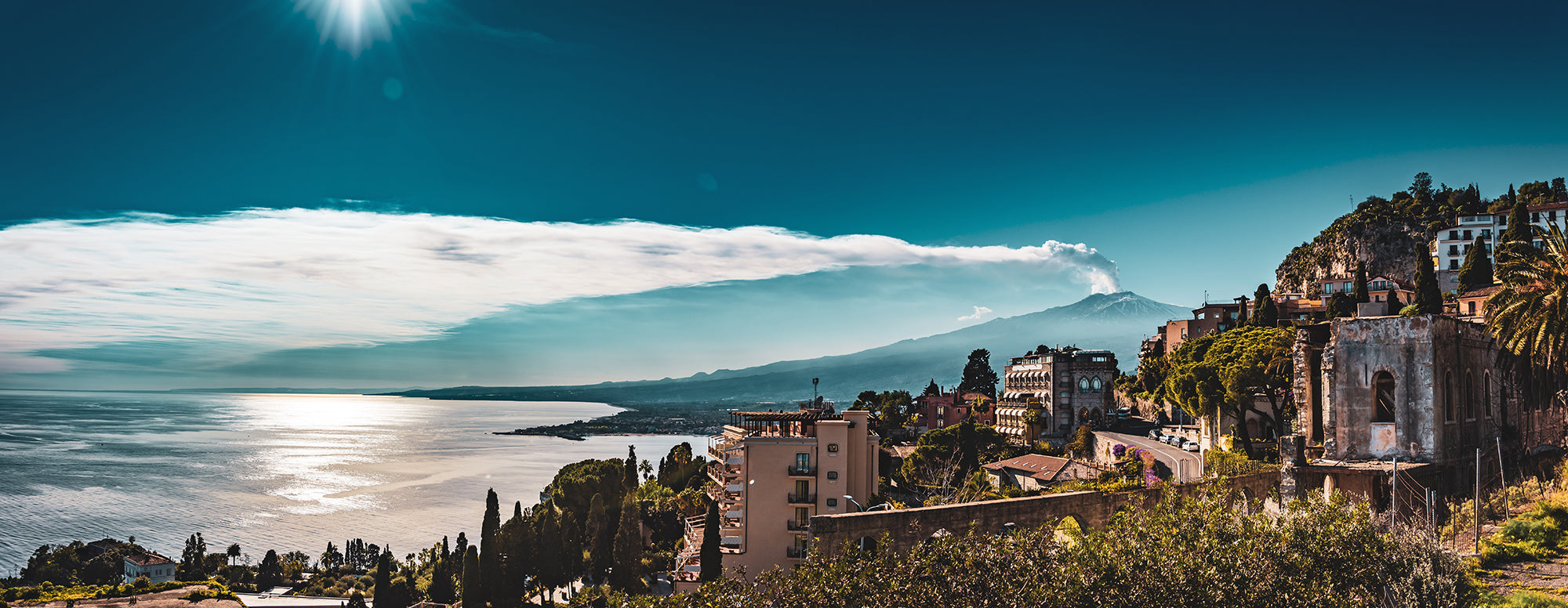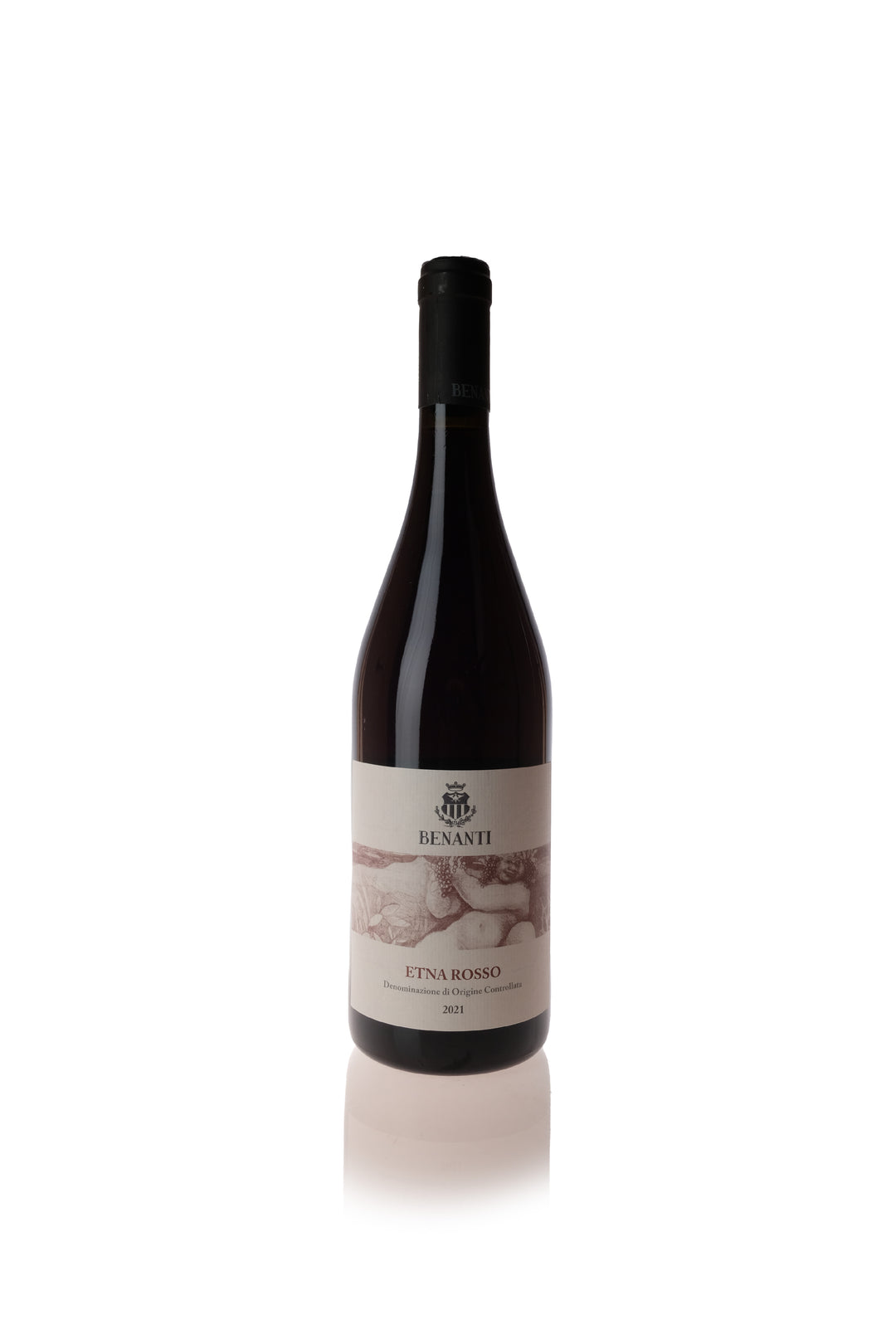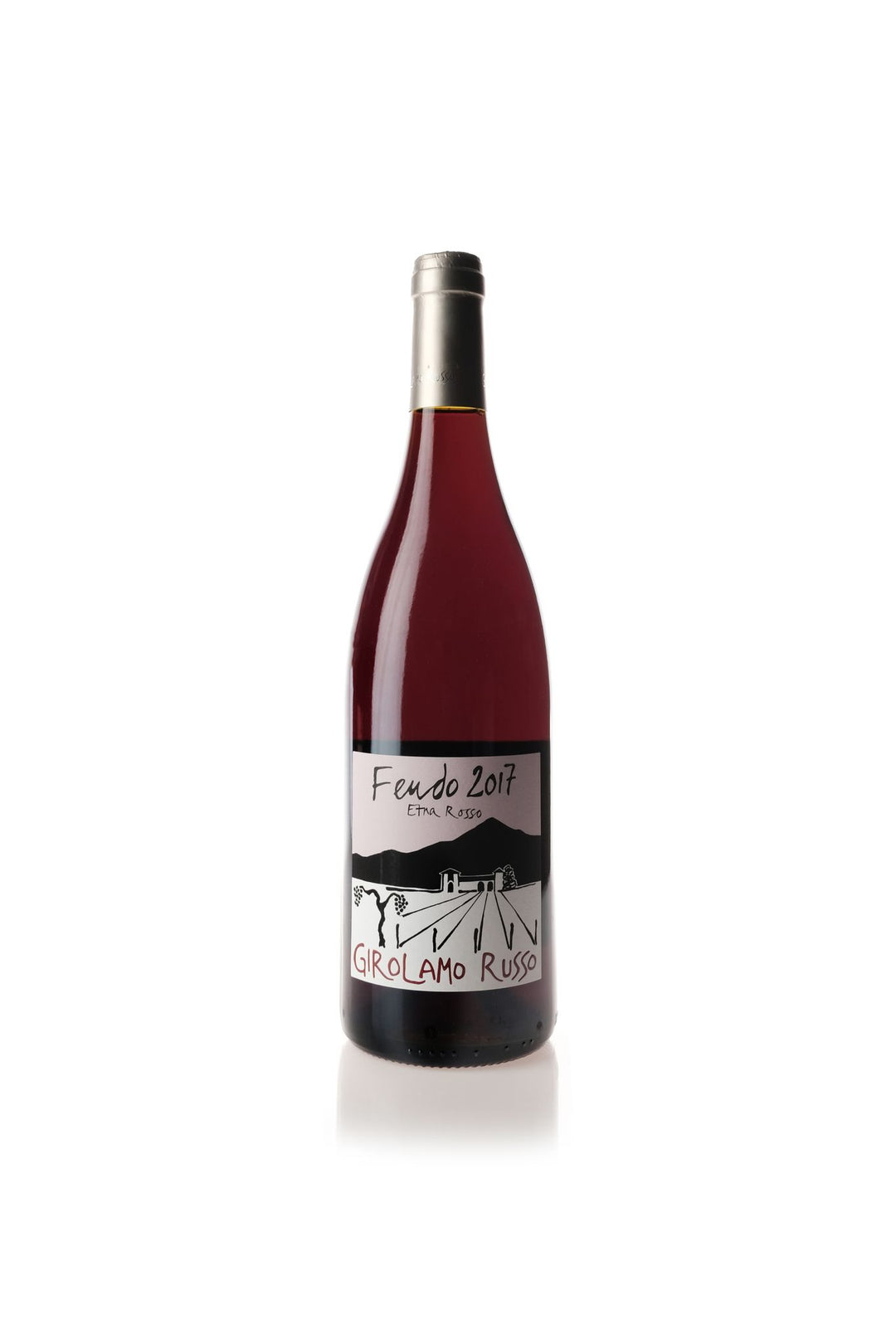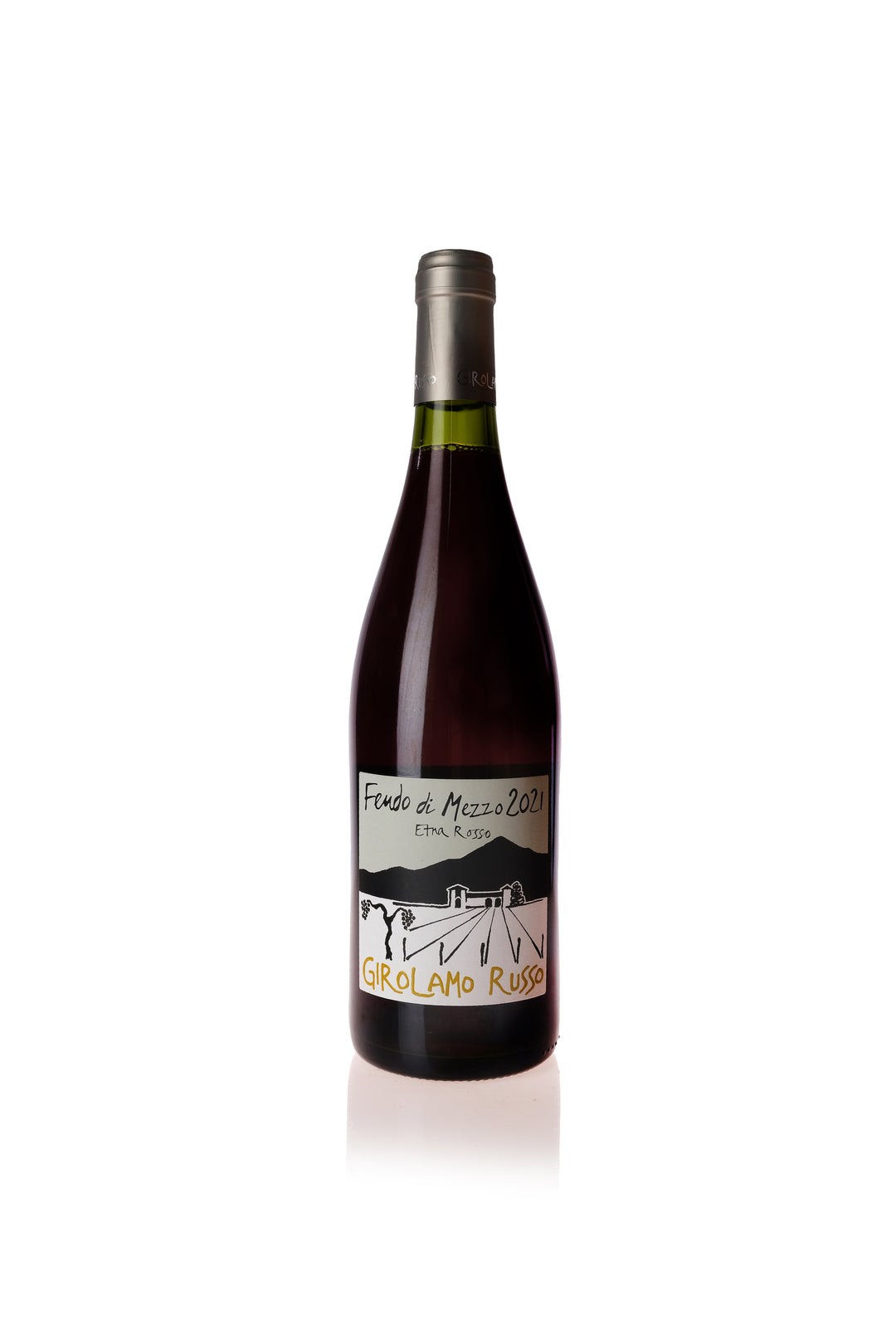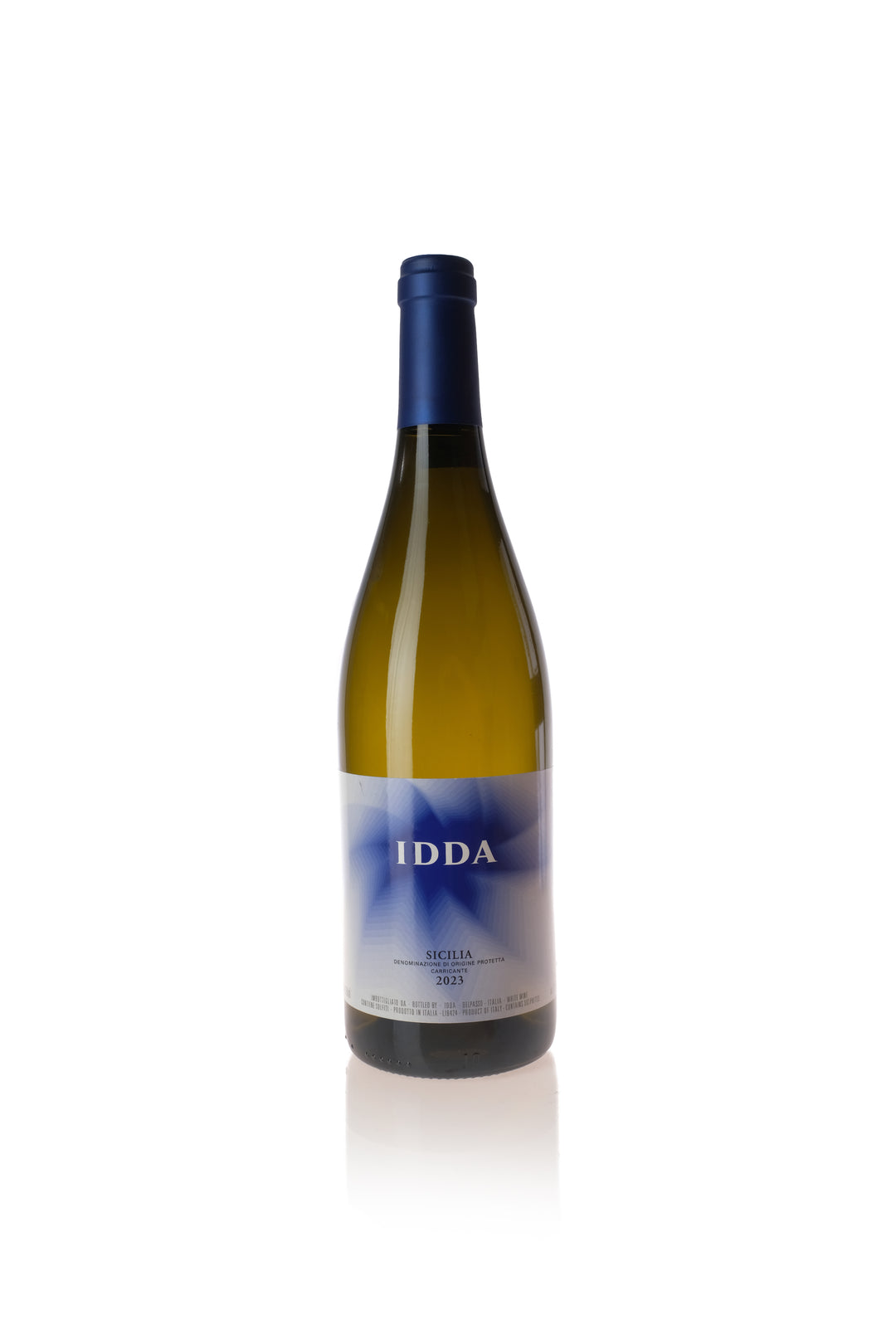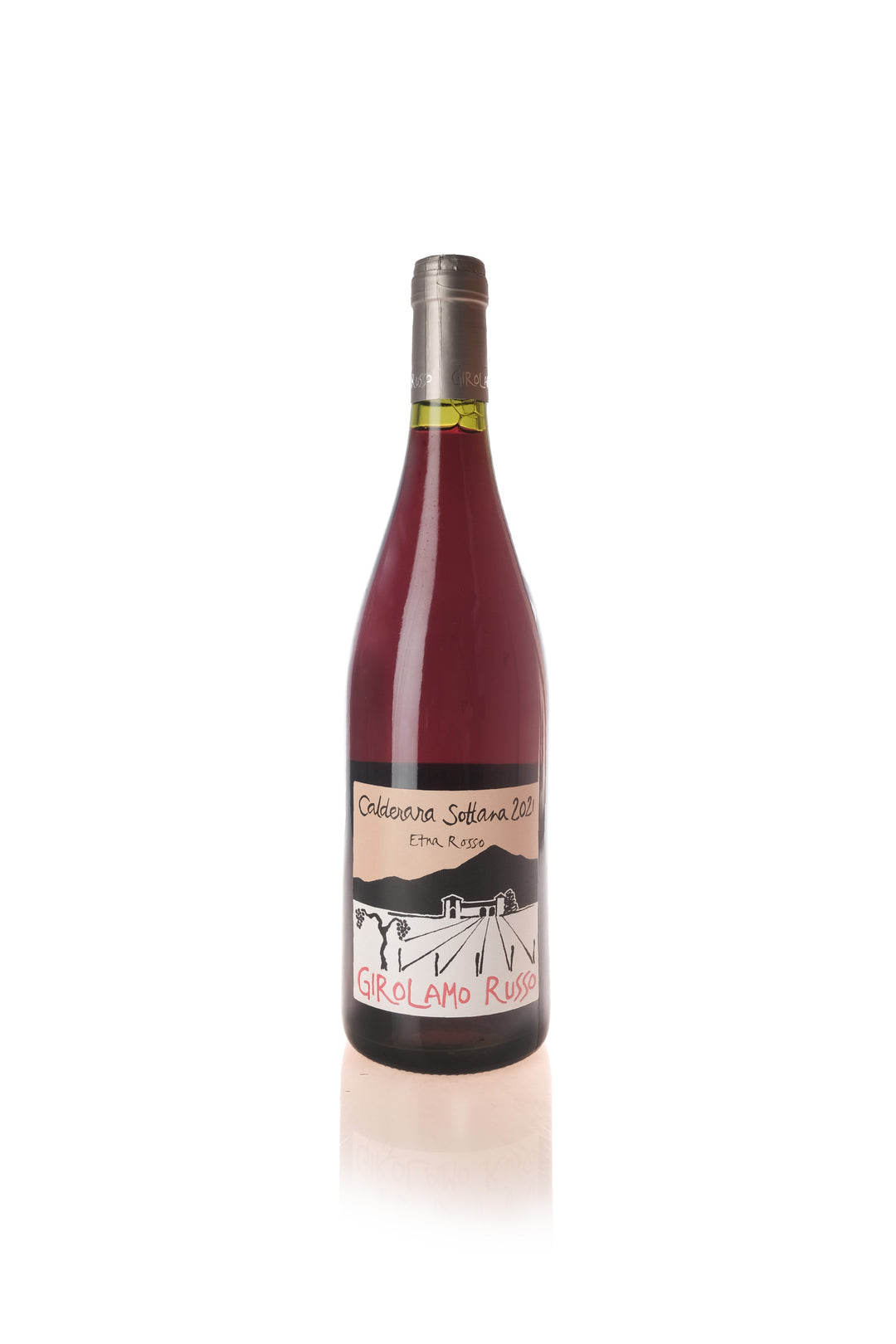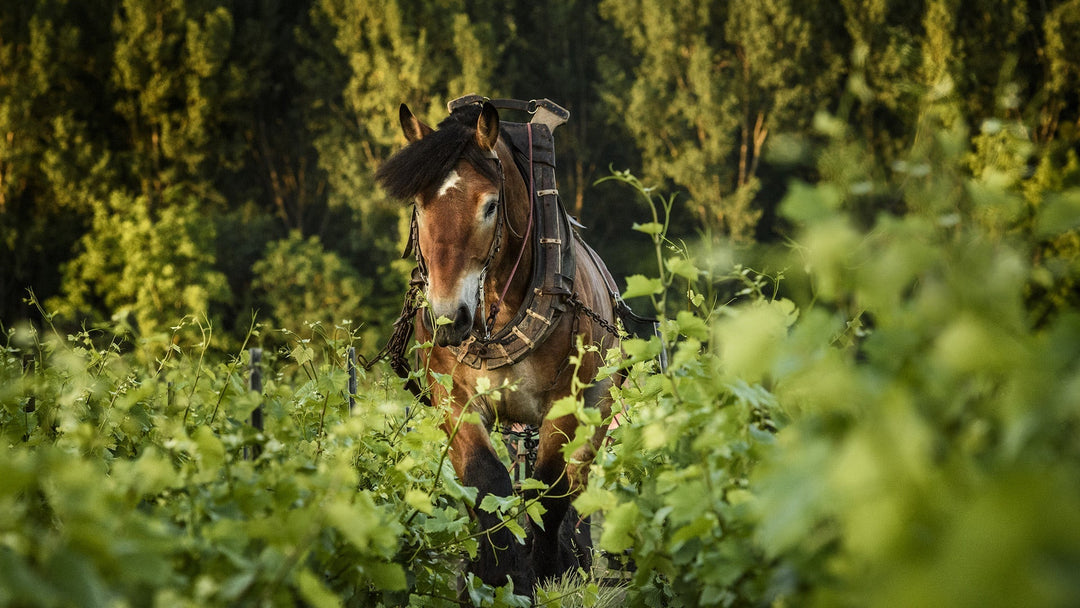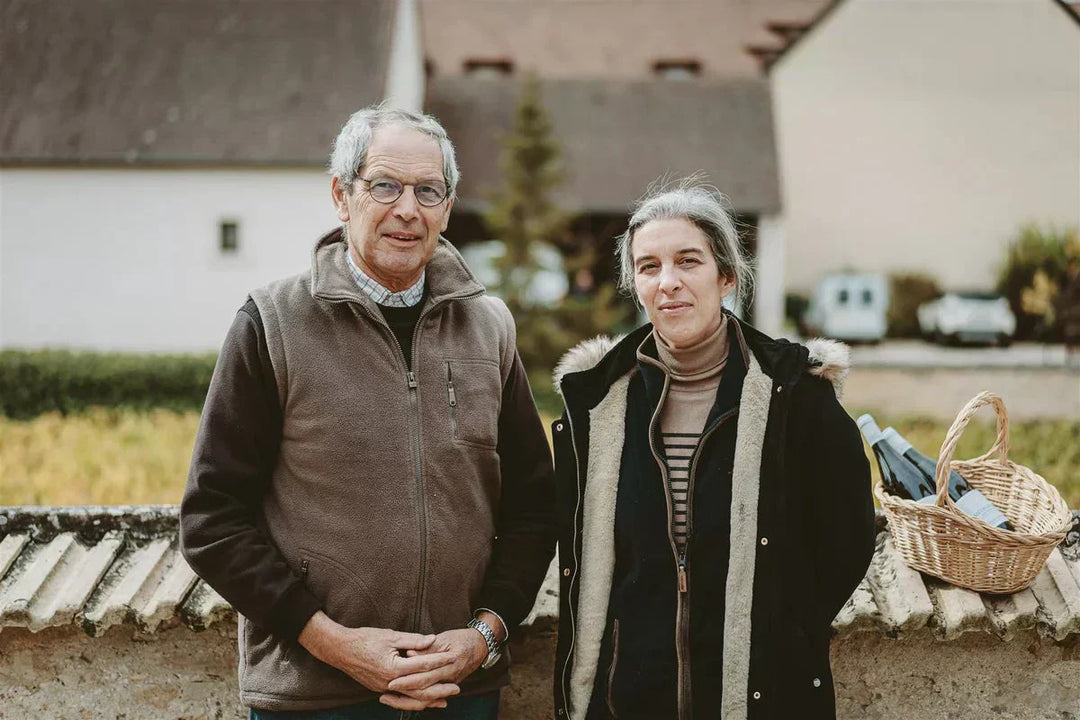THE VOLCANIC BEAST : MT. ETNA
Ancient Footsteps and Fiery Myth
For thousands of years, humans have been drawn to the raw energy of volcanoes. Early records show that ancient people not only revered but risked life around these powerful forces of nature. At the site known as Ciampate del Diavolo in southern Italy, fossilized footprints dating back over 350,000 years are etched into volcanic slopes. Known in folklore as the Devil's Footprints, they stand as haunting evidence of humankind’s long-standing proximity to volcanic terrain.
In mythology, Mount Etna in Sicily is steeped in fire and legend. The Greeks believed it to be the forge of Hephaestus, the god of fire and metalworking. For the Romans, it embodied Vulcan, their god of fire. Even today, Etna commands both fear and reverence.
June 2025: The Sleeping Giant Awakens
On June 2, 2025, Etna erupted once again, a powerful display that captivated the world. A plume of ash and gas stretched high into the Sicilian sky while lava cascaded down her flanks. Tourists fled from the slopes, and winemakers, our friends on both the north and south sides of the mountain, watched anxiously as "she" stirred once more. Their vineyards, perched on the edges of this fiery beast, are where some of the most compelling wines in the world are born.
"A harsh land formed of restless lava, a land of oozing magma which expands and then rapidly cools and, as it tires, finds peace of a sort, eventually resembling a stony behemoth—a moonscape, conserving within it the memory of that fire.” - Giuseppe Russo, Girolamo Russo Winery
This eruption was not just a geological event but a reminder of the mountain's ancient pulse. The southeast crater partially collapsed, sending waves of pyroclastic material across her flanks and a column of ash over 21,000 feet into the atmosphere. Aviation alerts were issued. Villages prepared for ashfall. Yet amid the chaos, the cycle of Etna continued, destroying, reshaping, and renewing.
For those who grow vines on her slopes, it was a moment of humility and awe. Many of the terraced vineyards remained untouched, their lava-stone walls and century-old vines standing resilient. And yet, the presence of the volcano was felt in every gust of wind and fleck of ash. For Etna is not just the backdrop but a living, breathing participant in the drama of winemaking.
Etna's Wines: Lifted by Fire and Soil
“When I started, I was searching for a precise concept: I wanted to find the lava within the bottle, which I call the liquid rock.” - Frank Cornelissen, Frank Cornelissen Winery
In the language of sommeliers, volcanic wine is a category rich in nuance and often fiercely debated. Each volcano, after all, is different. The mineral content, the structure of the soil, the ash layers, all shift the chemistry, particularly the pH, of the earth. This shift often leads to wines with higher acidity, or as we say, "lift." It’s this brightness that makes volcanic wines exhilarating and supremely food-friendly.
Etna, Europe’s largest and most active volcano, offers a particularly dramatic setting. Just 30 to 60 minutes from the bustling city of Catania and the glamorous cliffs of Taormina (once a favorite of Audrey Hepburn), visitors can travel from sun-soaked beaches to cool, ash-covered vineyard towns in under an hour. One moment you’re sipping an Aperol spritz under striped umbrellas; the next, you're in a rugged farming village surrounded by wild herbs, olive groves, and black volcanic rock.
Here, the food mirrors the land: simple vegetables, rustic meats, and the smoky imprint of the mountain itself. Everything feels wilder, feral, and utterly alive, and that wildness is captured in the wines.

The Grape Varieties and Their Voice
Etna's reds, made primarily from Nerello Mascalese and Nerello Cappuccio, were once likened to Italy’s answer to Pinot Noir. But with time and understanding more, that comparison feels less apt. These wines have their own voice, earthy, brambly, light on their feet yet full of structure and soul. They speak of the mountain in whispers and gusts.
Nerello Mascalese, the primary red variety, is deeply expressive of place. It can shift in character from ethereal and floral in one contrada to brooding and mineral in another. Its pale hue belies its complexity, often drawing comparisons to Burgundy for its transparency and finesse, though its tannic frame and volcanic core give it a personality all its own. Nerello Cappuccio, though often playing a supporting role, adds richness and spice, like harmony beneath melody.
The whites, Carricante and Catarratto, are equally expressive. These grapes thrive in Etna’s intense sun and windswept elevations, developing thicker skins and racy acidity. The wines taste of yellow stone fruits, citrus pith, and, subtly, the sea. The Ionian coastline is never far away, and the saline quality in these wines is not imagined.
Carricante, in particular, is capable of great age. Grown high on the eastern slopes and in select north-facing plots, it can deliver electric precision, a clean mineral line, and a cool citrus tension that make it one of Italy’s most compelling white varieties. When allowed to age, it often reveals layers of beeswax, smoke, and preserved lemon.
The Ancient Terraces and Ungrafted Vines
Another reason Etna has won the hearts of wine lovers worldwide lies underground. Phylloxera, the root-devouring insect that devastated European vineyards in the 19th century, cannot survive in Etna's volcanic soils. As a result, many vines here are own-rooted, some dating back over 150 years.
The terraces supporting these vineyards, built from stacked lava stones, date to the 17th century. Rebuilding them is a dying art, yet a few skilled hands and deep-pocketed dreamers continue to preserve these legacies. Own-rooted vines are thought to offer a more direct expression of terroir, and while research continues, the wines from these sites are undeniably compelling.
In the finest plots, these old vines are bottled as single-vineyard wines known as Contrada. The wines reflect not just elevation or exposure, but also the age of the volcanic soils themselves. Over millennia, lava flows break down, and their stage of decomposition can alter a vineyard's flavor and structure.

A Renaissance in the North
Over the last two decades, Etna has experienced a viticultural renaissance. Many of the vineyards on the north slope, particularly around Randazzo, Passopisciaro, Castiglione di Sicilia, and Linguaglossa, had been abandoned, considered too hard to farm and economically unfeasible. But now, investment, passion, and belief are returning to these slopes.
Farmers are relearning the art of training bush vines, and travelers are making pilgrimages to witness the revival. The north slope’s mix of high elevation, ancient soils, and cooler exposures creates wines of striking finesse and depth. Here, amid the ashes and the brambles, you can feel her, the mountain. Etna. Alive. Wild. Watching.
And in every glass, you taste not just the place, but the pulse of a volcano that has held humanity's gaze for centuries.
SHOP WINES OF MT. ETNA


